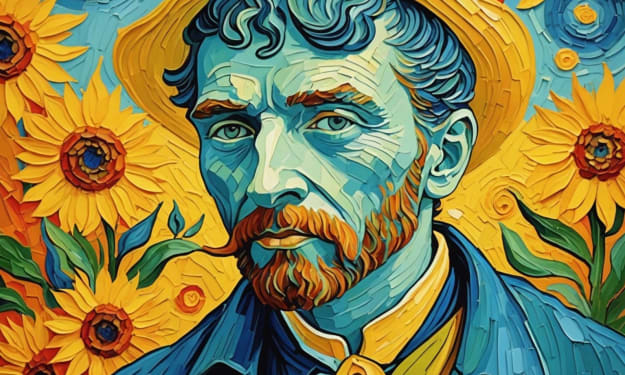What The Business World Can Learn from Contemporary Art
Representation in art in an age of change and the business world has a lot to learn from this.

Many describe contemporary art as the art of today, the art of modernity. Yet ‘contemporary art’ originated somewhere in the midst of the Twentieth Century; so, in fact its roots lie entangled within a century that barely recouped the benefits of the emergence of major catalysts to social change such as the Internet, smart phones and social media.
Modernity is a measure of change, and the global art market has changed faster than almost any other sector; in part because many artists have taken the opportunity of the Twenty First Century to explore how their sense of self differs from social norms in terms of class, race, gender and culture.
The rise of the digital age has also given contemporary artists more agency than ever before to elevate themselves and to share their message with even larger audiences. Some of the biggest contemporary artists working right now achieved their early breakthrough on Instagram; and most contemporary artists are developing powerful online personas.
And art constructed in digital spaces has itself a deep capacity to challenge societal norms and expectations. Many artists use the digital platforms to explore how digital spaces shape identity and how online interactions influence our sense of self.
Taken together, this has allowed the art world to look ‘head on’ at issues of identity and representation and to evolve and change. The business world can learn to do the same.
Representation in art in an age of change
As our world becomes increasingly globalised and digitised, there is greater diversity in perspectives. During the first two decades of this Century, outmoded precepts about contemporary art have been questioned and challenged and broken. New artists of varying identity and cultural background have claimed their rightful place and voice in the art scene.
Contemporary artist Kara Walker, for example, uses her art to explore themes of sexuality, gender, race and identity. Her work highlights the racial inequalities that have existed both now and previously within society. Her artwork portrays images of racial stereotypes which are designed to provoke the viewer to think outside of their comfort zone.
Kerry James Marshall has played an important role in emphasising identity in his contemporary art pieces. Marshall focuses on the idea of what it means to be black whilst living in the wider context of North American society. Marshall’s work questions the dominance of white artists and exposes the erasure of black art from the art scene.
Marshall’s inspiration came from the Civil Rights Movement in America. He sealed forever his elevated status within the art world when his painting, Past Times, was sold at Sotheby’s for $21.1 million in 2018; the most expensive painting sold by a black artist at the time.
Art has no passport
Many key players in the industry, including Pearl Lam, have been advocates for the soft power of contemporary art to be a catalyst for wider social change. Their longstanding mantra has been that “art has no passport”. We can judge contemporary art by our own precepts and with a completely open mind as to the identify and background of the artist.
At the heart of contemporary art in 2023 is the ethos that although the theme of ‘identity’ often inspires beautiful creations, we should not view people solely according to their physical characteristics or cultural group. Instead, we should focus on who they are and what they have to say, by looking at their artistic expression and their creative output.
This has been easier in the art world, where an individuals’ creative output is more easily visible. But in my opinion the wider business world can benefit from a similar approach.
Businesses should take advice to find ways to learn about the creative output – or the latent creative ambition – of their employees, customers and partners so they can ‘see’ who they really are. Do they write? Compose music? Draw? Create art? Because not only do these facets transcend identity to speak more about who a person really is; but they also open new windows for individuals to better connect with, understand and appreciate one another.
Still more change yet to occur
The art world has been able to more quickly identify and redress issues of identity and representation precisely because it is so focused on each individual’s creative output.
That is not to say that the art world has reached a place where identify and representation are ‘solved’ as issues. But that the rate of change feels more rapid than it does elsewhere.
If modernity is a measure of change, then the wider business world should aspire to accelerate toward a world where identify and representation are longer ‘issues’. By emulating the art sector, the wider business world might just get there quicker.
About the Creator
Elsie Cheung
I am a Hong Kong born writer living in London and writing about change and disruption in business and in the arts. I am also interested in female leadership and entrepreneurship.






Comments
There are no comments for this story
Be the first to respond and start the conversation.